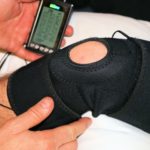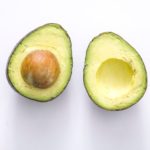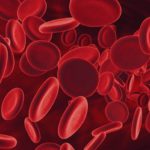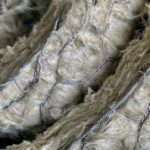Types of arthritis – which are the most common?
In simple words, arthritis is an inflammation of one or more joints in the body. It has 3 types: osteoarthritis, rheumatoid and gouty, which should be distinguished because the cause and the risk factors differ these types significantly.
Osteoarthritis
Osteoarthritis is an end-stage bone disease. It does not only affect the cartilage but involves the entire joint, including the bone and the ligaments. The slow evolution of signs and symptoms related to structural damage associated with aging. Osteoarthritis increases in incidence with age but it is not part of the normal aging process. The common localized sites of osteoarthritis are hands, feet, knees, hip, and spine. Usually, only one or a few joints are involved. Signs include pain when the joint is pressed, a mild degree of swelling, restricted or painful movement, and instability of the joint.
Pain is the most often chief complaint of a patient with osteoarthritis. However, cartilage has no nerve innervations so the pain is never due to cartilage damage but rather to changes in the bone and muscle. Symptom of pain is related to the use and is relieved with rest. There is transient joint stiffness and pain after a prolonged episode of immobility.
The most common risk factor is age. Another is race – African Americans and Asians have a higher risk than white people. Being female is also a risk factor especially for those with a family history of osteoarthritis.
Treatment entails relief from symptoms and structural modification. Management of osteoarthritis includes appropriate weight reduction, deep and superficial heat, muscle strengthening, and non-weight-bearing exercises. Analgesics can be given to relieve the pain. If the pain is resistant to medical treatment, surgery can be an option to consider.
Rheumatoid arthritis
Rheumatoid arthritis is another type. It has an insidious onset and is marked by constitutional symptoms such as fever, weight loss, fatigue, loss of appetite, and body weakness. It is always polyarticular and with systemic involvement as compared to osteoarthritis wherein, only one joint may be affected. Rheumatoid arthritis always corresponds to joint inflammation while osteoarthritis is only structural. The hands and feet, if affected, may appear grossly deformed and sometimes deviated as compared to osteoarthritis where there is only swelling.
Systemic involvement may include anemia, cardiac problems, interstitial lung diseases, muscle problems, osteoporosis, and nerve entrapment.
Inflammation is initially waxing and waning, then, after some time, wears off gradually. In the late stages of the disease, the radiographic findings rapidly evolve making the disease progressively disabling.
The goals of treatment are to relieve pain, reduce inflammation, protect articular structures, maintain function, and control systemic involvement.
Gout
The third type of arthritis is gout. It is a debilitating illness characterized by recurrent episodes of joint inflammation and pain. It is caused by the formation of crystals within the space of the joint, and the deposition of crystals in soft tissue. Sudden onset of pain, inflammation, and edema of the most distal joint of the biggest toe is highly suggestive of acute crystal-induced arthritis. Aside from the big toe, other common sites are the ankle, shoulder, wrist, and knee.
Gout attacks begin suddenly and without warning, and usually, reach maximum intensity in a span of 8 to 12 hours. The joints are red, hot, and intensely painful that even a slight touch on a swollen joint is uncomfortable. Although gout is associated with high levels of uric acid in the blood, the level of uric acid itself does not bring about gout. It is the acute change of uric acid in the blood that causes gout. Complications of gout, if untreated, are joint destruction and renal damage.
There are 3 stages in managing gout. The first is to treat the acute attack by alleviating symptoms. The second is to provide prophylaxis to prevent acute flares of the disease. The third is to lower excess urate stores in the body to prevent flares of gouty arthritis and to prevent deposition of urate crystals in tissues.
It is crucial to distinguish between the different types of arthritis because the management and the prognosis differ for each. It is best to consult a doctor upon the manifestation of joint pain, so the disease can be diagnosed as soon as possible and managed early.




























